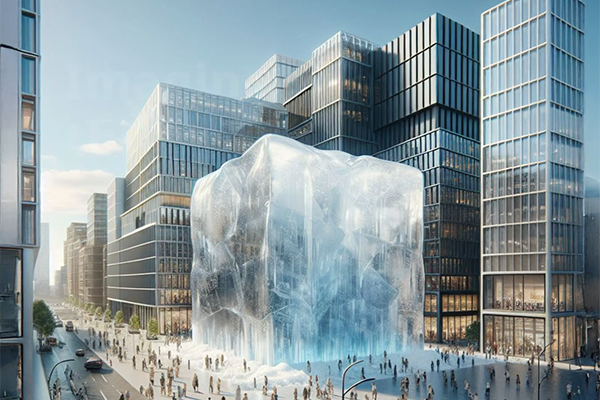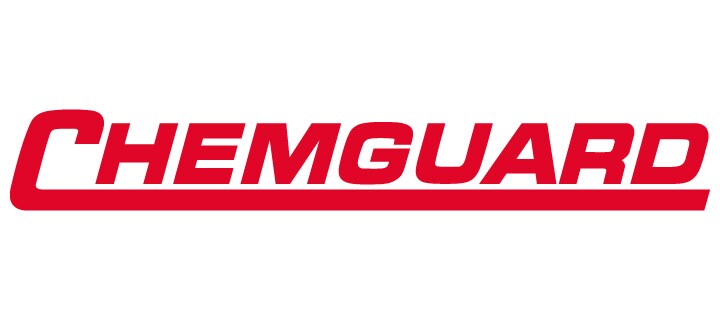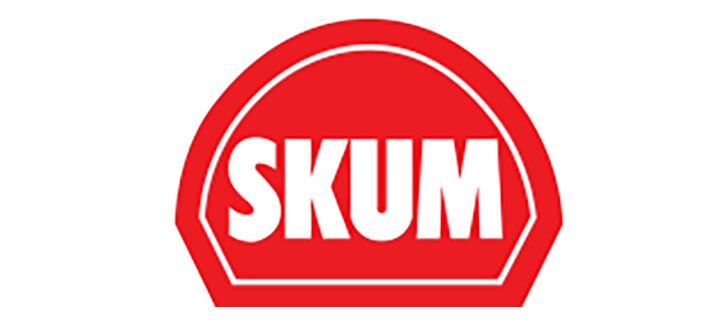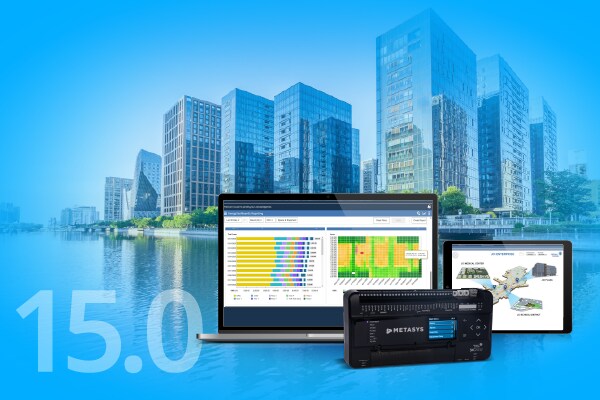- Johnson Controls
- Insights
- A Cool Evolution: From Ice Blocks to Efficient, Advanced Cooling
A Cool Evolution: From Ice Blocks to Efficient, Advanced Cooling
For over a century, York systems from Johnson Controls have been at the forefront of innovation in building comfort and climate control. From pioneering the first electric thermostat in 1885 to delivering cutting-edge HVAC solutions today, we have consistently enhanced the way buildings operate across the globe. Our comprehensive portfolio includes high-performance refrigeration systems and energy-efficient heating and air conditioning technologies.
In the UK and Ireland, we offer a full suite of HVAC equipment and services designed to meet the evolving needs of commercial and industrial environments. Whether it’s air source heat pumps, chillers, air handling units, or intelligent building management systems, our solutions are engineered to improve energy efficiency, reduce carbon emissions, and create healthier, more productive indoor spaces. With the largest service team in the region, we’re your trusted partner in achieving sustainable, future-ready buildings.

Long before the advent of modern air conditioning, people across the world experimented with various methods to cool indoor spaces. Prior to the 19th century, these early attempts at climate control relied on natural resources and ingenuity. Techniques included storing and distributing snow, circulating cold water through walls or under floors, and using large blocks of ice harvested in winter and preserved in ice houses. In warmer climates, evaporative cooling (where air is passed over water to reduce temperature) was also widely used.
While these methods offered some relief, they were often labour-intensive, inconsistent, and limited to those with access to the necessary resources. These early innovations, however, laid the groundwork for the development of mechanical cooling systems and inspired the breakthroughs that would eventually lead to the sophisticated HVAC technologies we rely on today.
From the Ice Age to the Age of Innovation
Before the widespread adoption of modern air conditioning, managing indoor climate - especially in hot and humid environments - was a significant challenge. In Washington D.C., where summer humidity often made working conditions uncomfortable, the need for a more effective cooling solution became increasingly urgent.
At the same time, York Ice Machinery Corporation (now part of Johnson Controls) had been developing advanced refrigeration technologies aimed at solving exactly this kind of problem. When news of York’s innovations reached Washington, it marked the beginning of a transformative chapter in climate control history.
On 1 October 1937, a major milestone was achieved: York’s refrigerating equipment was successfully installed in the newly constructed United States Capitol Power Plant. This installation brought air conditioning to the U.S. Capitol Building, the Senate Office Building, and both House Office Buildings. For the first time, lawmakers, staff, and visitors could enjoy a consistently comfortable indoor environment, regardless of the weather outside.
This landmark project not only improved working conditions for some of the most influential buildings in the United States, but also demonstrated the potential of large-scale HVAC systems to enhance comfort, productivity, and wellbeing - principles that continue to guide Johnson Controls York’s innovations to this day.
Innovation That Keeps Getting Cooler
Back in 1937, Johnson Controls' York HVAC systems were already making history. At the time, our equipment delivered an impressive cooling capacity of approximately 60 million BTU per hour - enough to melt a seven-storey block of ice every single day. Fast forward to today, and that same level of performance can be achieved by a single modern York chiller, now operating with up to 40% greater energy efficiency.
This leap in performance reflects our ongoing commitment to innovation, sustainability, and smarter building solutions. In commercial buildings, HVAC systems are typically the largest consumers of energy. That’s why choosing the right equipment is critical - not just for maintaining indoor comfort, but also for reducing operational costs and supporting environmental goals.
At Johnson Controls, we offer the world’s most extensive portfolio of HVAC equipment, all engineered to deliver maximum energy efficiency, long-term reliability, and seamless integration with intelligent building systems. Whether you're upgrading an existing facility or designing a new one, our solutions help you create spaces that are comfortable, cost-effective, and future-ready.
Explore our full HVAC portfolio and discover how we can help you build smarter, greener environments.
























.jpg?la=en&h=320&w=720&hash=244C75B74F0F77521D56164450973BCD)







































